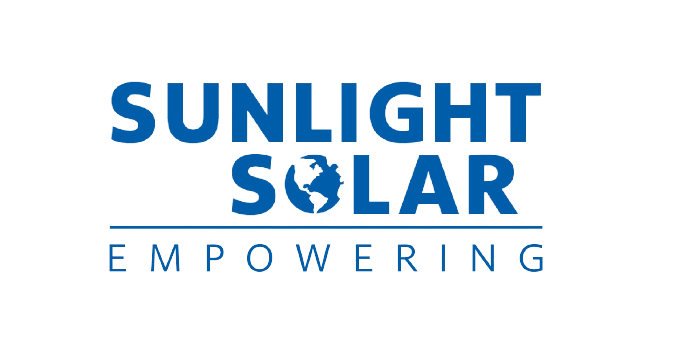With the emergence of solar leasing, Power Purchasing Agreements (PPA’s), and green energy loans, the average consumer now has several ways to finance solar energy for his or her home. This is great news for people who have previously found the upfront costs of solar prohibitive and would like to begin saving money on their bills immediately.
In order to make the right financial decision for you, it is important to understand the difference between these financing options, and what they mean for your short-term and long-term savings. The following is a brief overview of these different financing structures; however, the details differ based on the finance provider.
1) Leasing panels
Several companies offer the option for homeowners to make lease payments on their solar panels. By leasing a solar system, customers get the benefits of owning a solar system without the capital costs. The customer simply rents the solar system from a company as they would any other appliance.
Each leasing structure varies in the upfront payment, annual escalator, buy-out provisions, maintenance, and requirements for transferring the lease to the new building owner. These are the most important details to consider when looking into leasing options.
Benefits:
- Low upfront cost – With a low upfront cost (typically between $0 and $3,000), you are able to save money immediately and pay for the panels monthly.
- Low monthly rates
- Opportunity to transfer lease – If your house is sold, you can either transfer the lease to the buyer (provided they have good credit) or buy the system outright.
Disadvantages:
- No return on investment – Because the equipment is being leased to you, the leasing provider takes advantage of the Renewable Energy Credits (SRECs) that the system produces, which can add up to an average of $1,000 to $2,000 in income per year. While you get cheaper electricity, you are not able to take advantage of the money-making ability of SRECs and the 30% federal tax credit. You save money in the long run as utility prices increase, but you are unable to make a profit.
- Unpredictable buy-out – If you sell your house and the new owner doesn’t want the lease, you’ll have to pay a penalty to get out of the contract
2) Power Purchase Agreements
Under a “PPA,” a third party owns and maintains your solar system, and sells the electricity back to you. A customer only pays for the electricity that their system generates, at a fixed monthly rate. Because the PPA provider owns the system, they receive the 30% federal tax credit.
Benefits:
- Low capital costs
- Predictable, stable monthly energy rates for the contracted term
- Potential for immediate savings on electric bill
Disadvantages:
- You do not own the system
- Uncertainty of buy-out – Once the PPA agreement term is over (typically 20 years), a third party will assess the value of your system. There is no way to guarantee what kind of market will exist for used solar panels at that time.
- Less long term savings – Your savings over the PPA agreement term are much less because you are not receiving money from SRECs and the tax credits.
3) Low Interest Loans
Many customers take out home equity loans from their commercial lenders to finance their solar energy systems.
Benefits:
- Investment becomes cash flow positive almost immediately
- Interest rates are record low – 3.25% to 5% for 15 year loan
- Take advantage of incentives immediately – You receive the SRECs, Tax Credits, and rebates, which can be used towards paying down the loan.
Disadvantages:
- Taking out a large equity loan on your house
4) Cash Purchase:
Benefits:
- Flexibility in system size and design
- You own the system
- High return on investment- Investment in a solar electric system typically achieves a return of 8-12%. You are able to take advantage of the 30% federal tax credit, S-RECs, and state rebates. Additionally, as utility rates rise, you are saving even more money.
- Low payback period- The average simple payback in Massachusetts is between 4 and 7 years. This means that once you make your money back through energy savings, tax credits, and S-REC’s, you are making money for the next 20 to 30 years by producing your own free, clean energy.
Disadvantages:
- High upfront cost – Most people don’t have enough capital to pay the upfront cost of a solar electric system.
